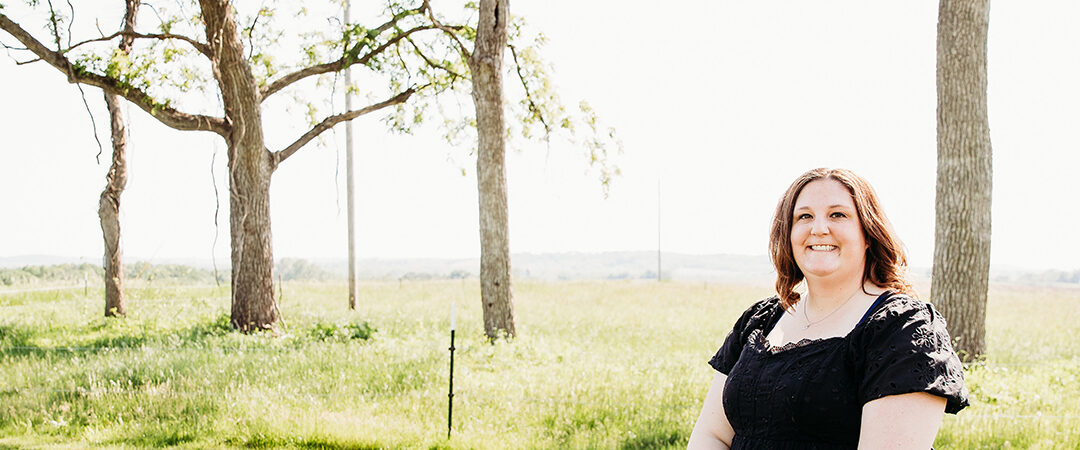I started my Monday at the ATD Conference by participating in the Higher Education Roundtable Discussion. During this event, I was surrounded by HR professionals, instructional designers, and talent management professionals that work within the higher education setting. I met colleagues from Penn State University, University of Florida, and several other universities and colleges. This was a great opportunity to discuss some of the challenges and issues within higher education that separate us from other professionals at the conference, and I really enjoyed making connections within the room. Some of the topics we explored included:
- Separation of faculty and staff
- Being able to connect with the real world and share with students
- Empowerment and engagement
- Lack of resources
- Silos
- Aging workforce and multiple generations within the workforce
- Adopting to online education
- Integration between international and local students
- Varying technical levels of employees
- Recruiting talented faculty and staff
This roundtable discussion was followed by a Higher Education Luncheon in which I continued my conversation with many of these new connections.
The next session I attended was titled “Delivering and Designing Training with Digital Natives in Mind.” In this session, the presenter described this new generation of learners and talent as striving towards efficiency; demanding to have tools to do their best; sporadic, yet normal communication; acting as free agents; tending towards visibility and self promotion; and appearing to not be “putting in their time.” The rest of the session focused on how we develop a workplace that caters to these digital natives, especially in training and learning. Some tips the speaker provided include incorporating new learning, allowing constant collaboration and feedback, giving them resources where they can get information themselves, and letting them use their mobile devices. One thing I noticed within this session was that Maryville University truly does cater to digital natives. Many of the ideas I brought to the table (i.e. Digital World initiative) were taken into account by colleagues, and we received many compliments.
Next, I attended “Digital Fluency: Critical 21st Century Virtual Workplace Skills.” In this session, the speaker described the digital age as a borderless workplace. Our workforce is now connected, global, multi-generational, transient, and mobile. The speaker described four distances when working virtually: physical, psychological, cultural, and operational. Tying this back to my work in online learning, we must take these virtual distances into consideration when we develop learning for virtual learners. We must overcome the barriers set forth by each of these distances to deliver effective learning.
The final session I attended was titled “The Accidental Instructional Designer: Designing with Intention.” I chose this session because the title stood out to me. Growing up, I hadn’t planned to become a designer; I fell into the role. However, I learned that having the training and experience I already have sets me well ahead of the curve, as many of my colleagues in the room were subject matter experts turned trainers out of necessity within the organization and truly lacked an ID background.
The speaker described our work as an “ID Pie,” consisting of four parts: learning, creativity, technology, and business. It’s up to us to identify our gaps and develop a plan to develop that slice. I’d have to say my biggest gap would be learning, as I lack a formal education in instructional design/curriculum and instruction; attending the ATD Conference is my first step to bridging this gap!

